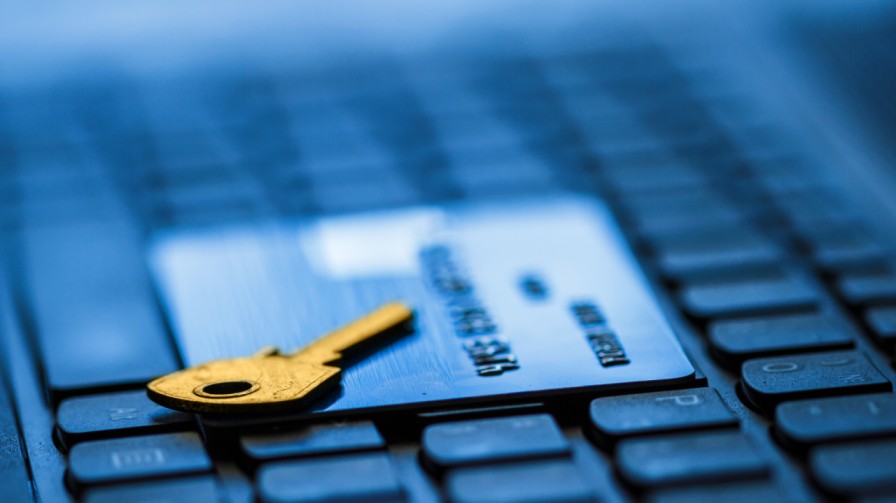.jpg)
In the world of payment card transactions, maintaining PCI DSS compliance is crucial for businesses. Regular PCI compliance checks play a vital role in ensuring a secure payment environment. In this comprehensive guide, we will explore the importance of PCI DSS compliance checks, the key requirements, and best practices to help your organization meet and maintain compliance. By understanding the process of PCI compliance checks, you can protect cardholder data, mitigate risks, and safeguard your reputation.
Understanding PCI DSS Compliance
PCI DSS (Payment Card Industry Data Security Standard) provides a baseline of technical and operational requirements designed to protect account data. It applies to any organization that processes, stores, or transmits cardholder data. Compliance demonstrates a commitment to maintaining a secure payment environment and helps prevent data breaches and financial losses.The Importance of Regular Compliance Checks
Regular PCI compliance checks offer several benefits, including:- Security Assurance: Ensuring ongoing adherence to PCI DSS requirements and maintaining a robust security posture.
- Risk Mitigation: Identifying and addressing potential vulnerabilities and gaps before they are exploited by attackers.
- Compliance Validation: Demonstrating to customers and stakeholders that you prioritize security and adhere to industry standards.
- Financial Protection: Avoiding costly penalties, fines, and reputational damage associated with non-compliance.
PCI DSS Compliance Requirements
PCI DSS consists of twelve main requirements that organizations must meet. These include:
Conducting a PCI Compliance Checks
To perform a PCI compliance check effectively, follow these steps:
- Review Requirements: Familiarize yourself with the specific PCI DSS requirements relevant to your organization.
- Assess Security Controls: Evaluate your current security controls and practices against the PCI DSS requirements.
- Identify Non-Compliance: Identify areas of non-compliance or potential vulnerabilities that need to be addressed.
- Document Findings: Document the findings and recommendations for future reference and remediation planning.
Tools and Resources for PCI Compliance Checks
Several tools and resources can assist with PCI compliance checks:
- PCI Scanning Tools: Use automated vulnerability scanning tools to identify and assess potential vulnerabilities.
- Self-Assessment Questionnaires (SAQs): Merchants can use SAQs to self-assess their compliance based on their specific payment processing methods.
- Qualified Security Assessors (QSAs): Engage QSAs for external audits and expert assessments to validate compliance.
Addressing Non-Compliance and Remediation
Addressing non-compliance is critical for maintaining a secure payment environment. Take the following steps for remediation:- Develop a Remediation Plan: Create a comprehensive plan to address identified non-compliance issues.
- Implement Security Controls: Apply necessary security patches, updates, and configurations to strengthen controls.
- Enhance Security Practices: Enhance access controls, encryption mechanisms, and employee awareness programs.
- Rechecks and Validations: Conduct rechecks and validations to ensure that the remediation efforts have effectively addressed the non-compliance issues.
Best Practices for PCI Compliance Checks
Follow these best practices to ensure effective PCI compliance checks:- Regular Reviews: Conduct regular internal assessments and audits to maintain compliance.
- Educate Employees: Educate and train employees on security awareness and compliance practices.
- Implement Strong Controls: Establish and enforce strong access controls, encryption, and secure configurations.
- Engage Experts: Seek guidance from third-party experts, such as QSAs, for independent assessments and audits.
Staying Ahead of PCI Compliance
To stay ahead of PCI compliance requirements:- Stay Informed: Stay updated on changes and updates to the PCI DSS standards.
- Continuous Monitoring: Implement continuous security monitoring and testing to identify new vulnerabilities promptly.
- Embrace Emerging Technologies: Adopt emerging security technologies and practices to strengthen your security posture.
PCI compliance checks are essential for organizations that handle payment card transactions. By conducting regular checks, addressing non-compliance, and implementing strong security controls, you can protect cardholder data, minimize risks, and maintain a secure payment environment. Prioritize PCI DSS compliance checks as an integral part of your security strategy and safeguard your business from potential threats and vulnerabilities.

 +91 9594449393
+91 9594449393 +1 4847906355
+1 4847906355 +63 9208320598
+63 9208320598 +44 1519470017
+44 1519470017 +84 908370948
+84 908370948 +7 9639173485
+7 9639173485 +62 81808037776
+62 81808037776 +90 5441016383
+90 5441016383 +66 993367171
+66 993367171 +254 725235855
+254 725235855 +256 707194495
+256 707194495 +46 700548490
+46 700548490


.jpg)